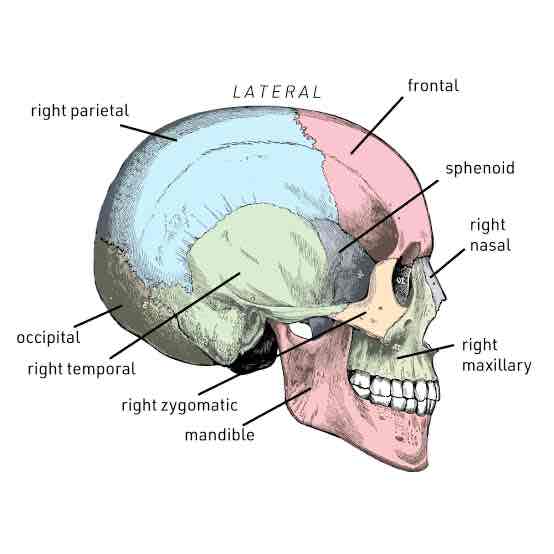bones pg 1
1/13
There's no tags or description
Looks like no tags are added yet.
Name | Mastery | Learn | Test | Matching | Spaced |
|---|
No study sessions yet.
14 Terms
.What is the main purpose of the axial skeleton?
It provides central support for the body and protects internal organs like the brain, spinal cord, and organs in the thorax..
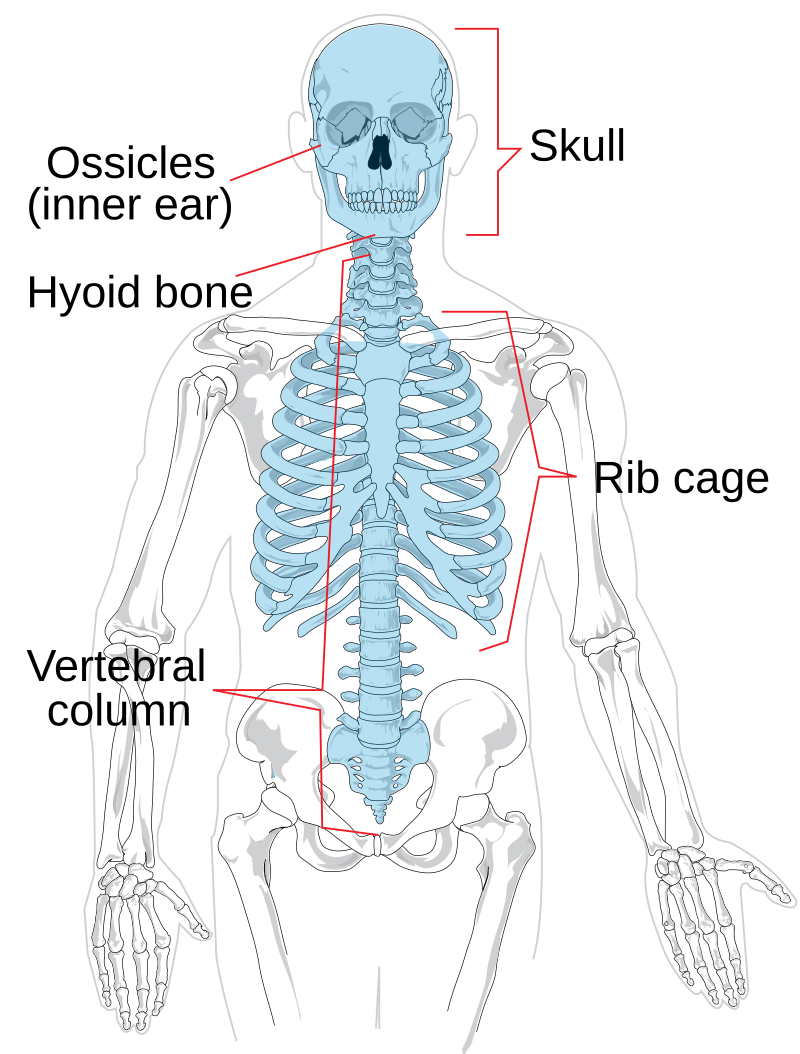
Q: What are the three regions of the axial skeleton?
A: The skull, vertebral column (spine), and bony thorax (ribcage and sternum).
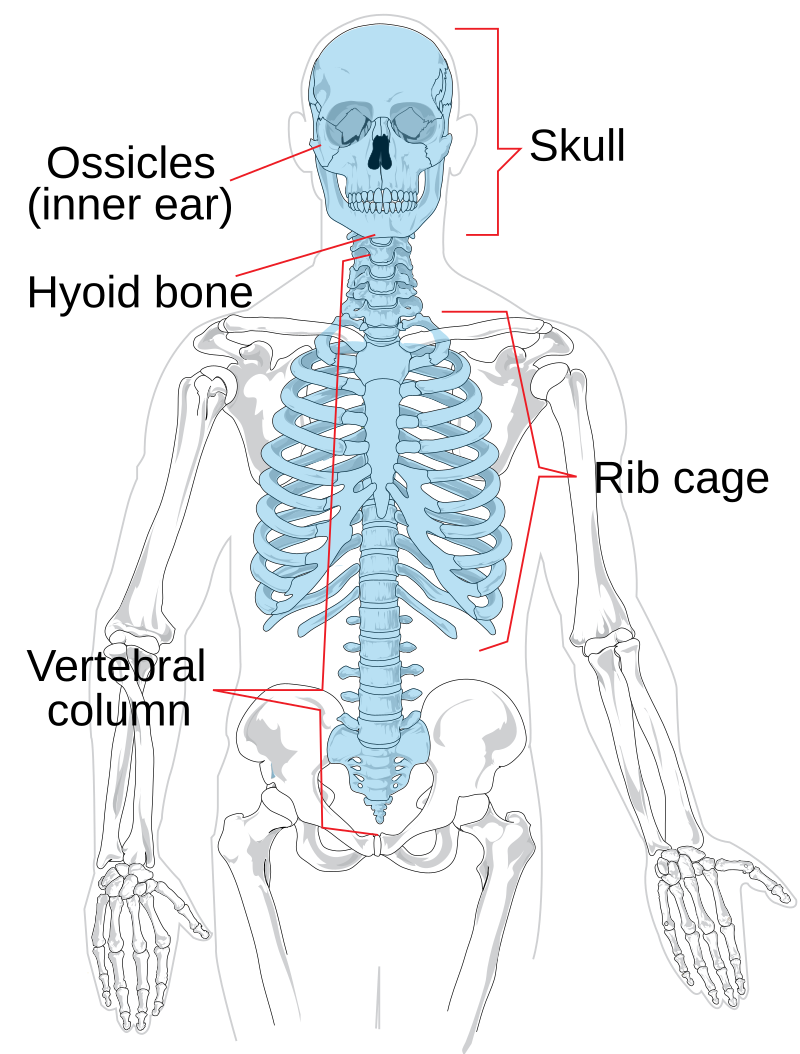
Skull Structure
Q: What type of bones make up most of the skull?
A: Flat bones that are immovably joined together, except for the mandible.
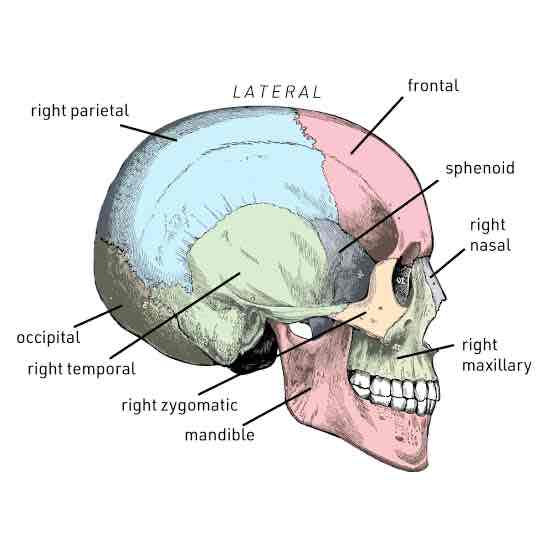
Q: What are the two sets of bones in the skull?
A: Cranial bones (form the cranium) and facial bones (form the face).
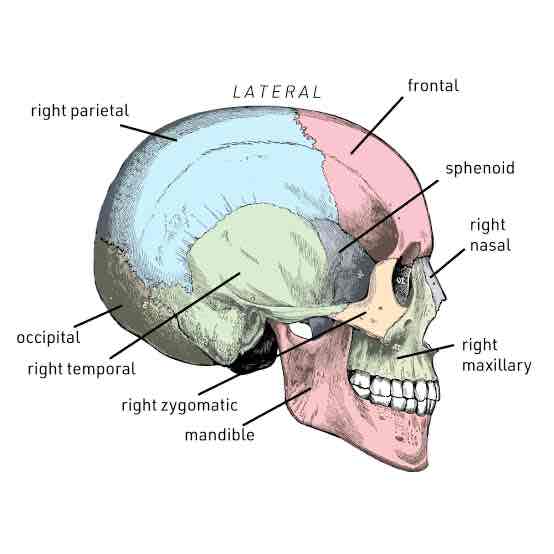
Q: How many cranial bones form the cranium?
A: Eight flat bones.
Q: What is a key characteristic of cranial bones?
A: They form a helmet-shaped structure with immovable joints called sutures.
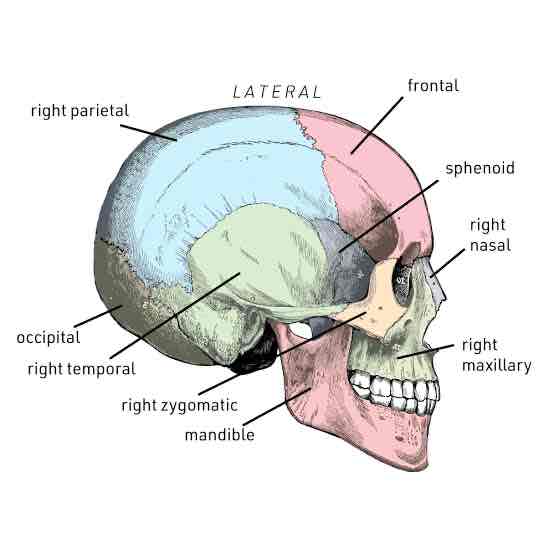
Q: What are fontanelles, and why are they important?
A: Fontanelles are membrane-filled spaces in the cranium at birth. They allow the baby’s head to compress during birth and provide space for the brain to grow during infancy.
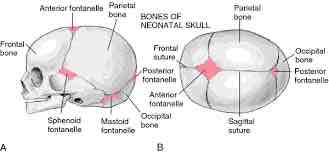
Q: By what age are fontanelles replaced by bone?
A: By the age of two years.
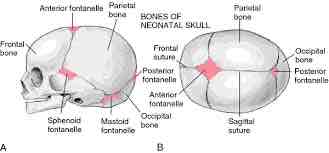
What are three functions of the cranium?
A:
1. Protects the brain.
2. Protects sense organs of smell, sight, and hearing.
3. Provides attachment for head muscles
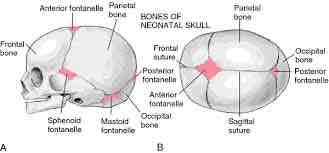
.Q: What bone supports the soft tissue of the nose?
A: Nasal bone.
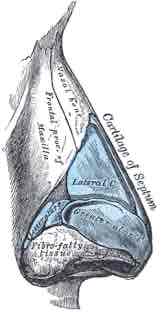
Q: Which jaw is movable, and what is it called
A: The mandible (lower jaw).
